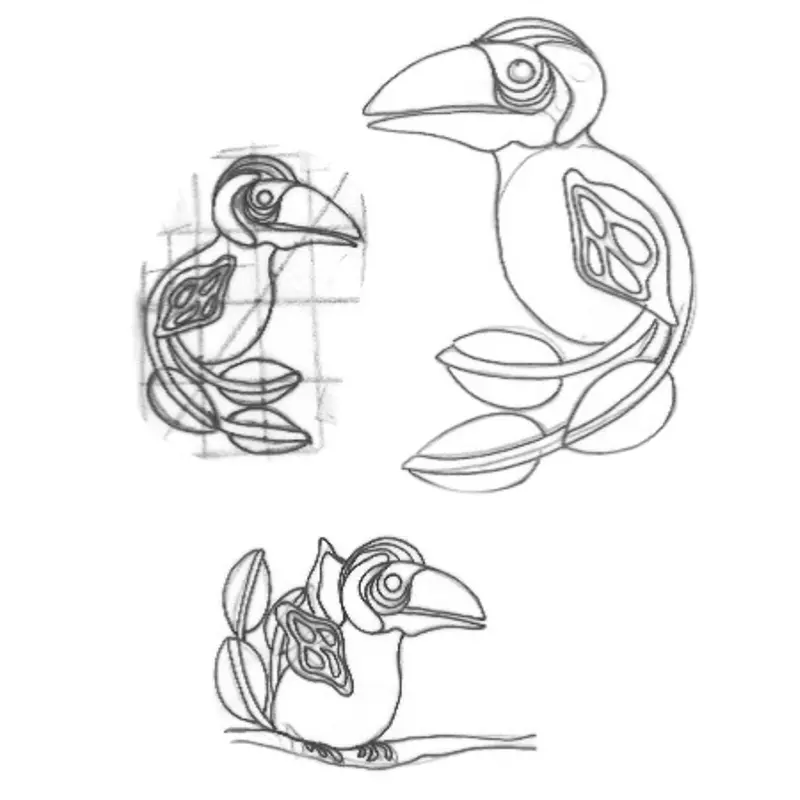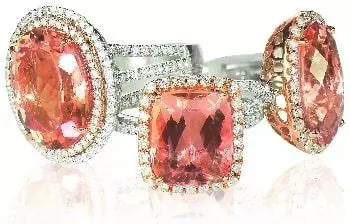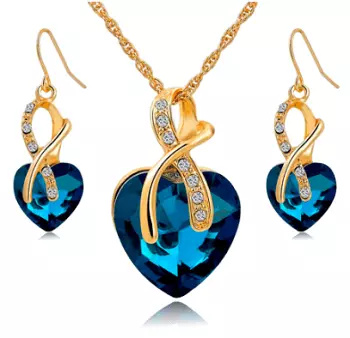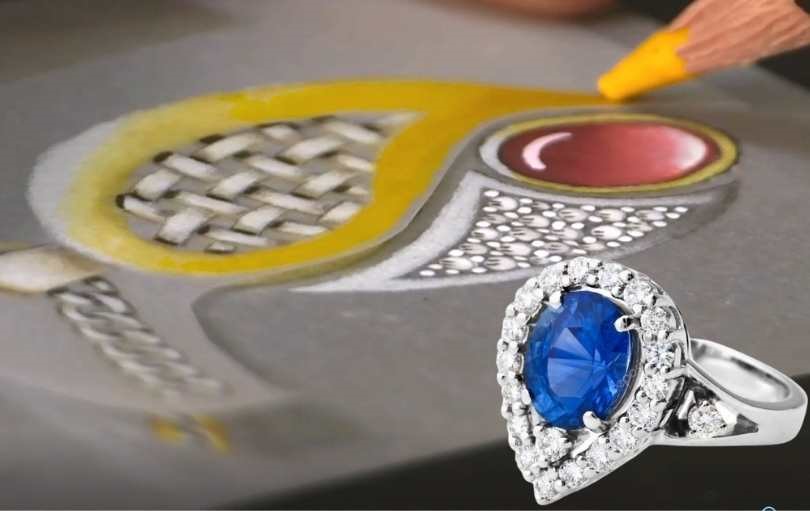
Have you ever wondered what it's like to have a career in jewellery design? Hi, I'm Alex Zupancich, JDMIS' Director and Digital Jewellery Design instructor at JDMIS. As someone who has transitioned from the high-paced I.T. industry to the enchanting world of jewellery, I can tell you firsthand—it's a journey worth taking. Let me share with you the reasons why joining the field of jewellery design can be one of the most rewarding decisions you'll ever make.
You can watch my 6-minute video presentation or if you prefer to read, you can continue with the article below instead:

Autonomy and Creativity
As a jewellery designer, I've found an unprecedented level of autonomy and creativity. This isn't just a job; it's a passion that allows us to connect deeply with our clients and work. The satisfaction of generating happiness through my designs, while also being valued for my multi-disciplinary skills within my organization, is indescribable.

The Thriving Jewellery Industry
The global jewellery market is booming, expected to grow from about 271 billion U.S. dollars to an astonishing 650 billion dollars by 2035. In Singapore alone, this industry contributed a remarkable 3 billion dollars to the Retail GDP in 2019, making it a lucrative field with great potential for professional growth.

A Happy Industry
Jewellery design is undeniably a happy industry. We don't just create products; we craft experiences and memories. Celebrating life's milestones with bespoke pieces that clients will treasure forever gives a profound sense of fulfillment that's hard to find in any other profession.

Mastering Timeless Skills and Modern Technology
Did you know that the first pieces of jewellery date back to 3000 BC? While the industry honors its rich heritage, it also embraces modern technology. As a jewellery designer, I leverage tools like computer-aided design and manufacturing to bring my visions to life in ways that were once unimaginable.
Beginner-Friendly Career Path
Don't let a lack of artistic background deter you. Jewellery design, much like any skill, can be learned and perfected over time. With dedication and practice, anyone can become adept at expressing creativity through stunning jewellery pieces.

Plenty of Room for Growth
The role of a jewellery designer is not confined to the design table. There's immense potential for entrepreneurship. From starting your own brand to crafting unique pieces for a niche market, the possibilities are endless. And with JDMIS, you're equipped with both design and gemmological knowledge to excel in your endeavors.
How to Get Started
Are you ready to begin your adventure in professional jewellery design? The Jewellery Design and Management International School (JDMIS) is your premier destination for comprehensive jewellery education. Our exclusive curriculum includes certifications, diplomas, and pathways to prestigious UK university degrees.

Since 1987, JDMIS has been at the forefront of training Singapore's jewelers and artisans. With our unique approach to education, you'll gain invaluable skills and knowledge. Just ask our successful graduates, like Cathy Que Liping and Kajal Naina, whose journeys from gaming and dentistry to award-winning jewellery designers are nothing short of inspiring.
